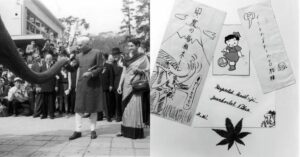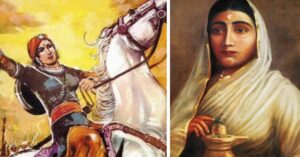This Highway Running Through Three Countries Will Transform the Northeast
The 1360-km long India-Myanmar-Thailand trilateral highway is slated for completion in 2020.
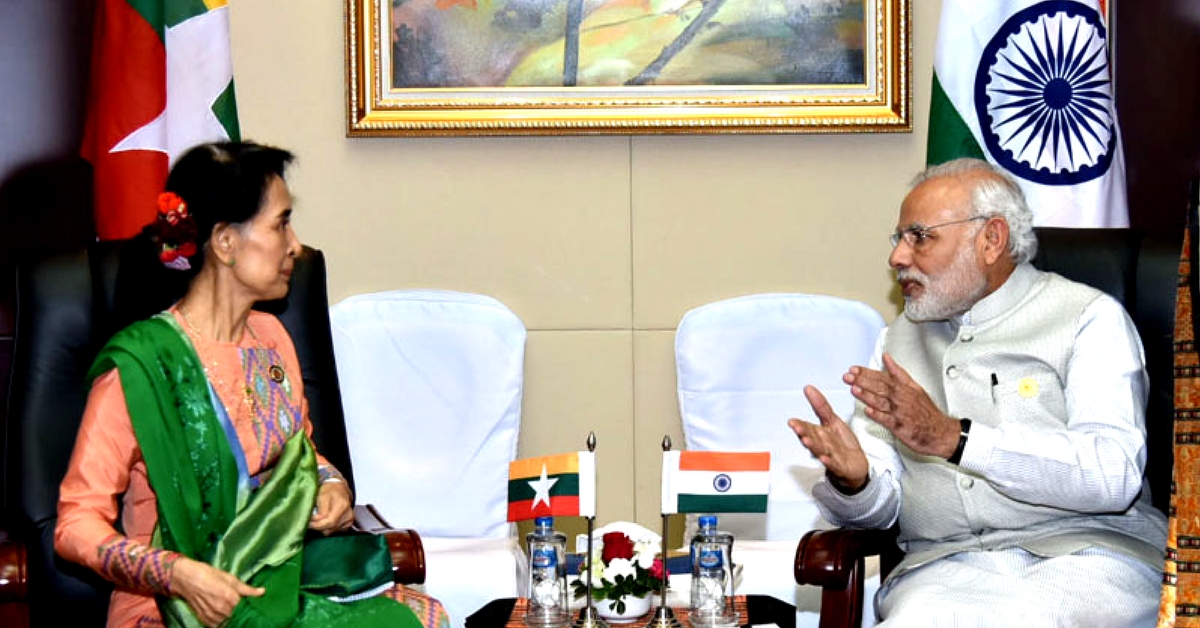
Since the dawn of liberalisation in the 1990s, the Indian economy has undergone rapid transformation, breaking the shackles of state control one step at a time and bringing much prosperity. One region that goes missing in this story is the Northeast.
Investment has barely trickled its way to the Northeast, unlike other regions because of its geographical isolation (connected to the Indian mainland only by a 22 km stretch in northern West Bengal called the ‘chicken’s neck’), poor physical infrastructure, rampant corruption, inept governance, and negative publicity generated by ethnic strife and militant activities.
Border trade, however, offers an avenue for the region to break away from its geographical isolation, besides offering opportunities for much-needed investment.
Under the Central government, much emphasis has been laid on improving the state of infrastructure (road, air and riverine) in the Northeast and ramping up investments with an aim to facilitate greater border trade between the region and Southeast Asian countries under its ‘Act East’ policy.
Addressing a public gathering in Shillong earlier this year, Prime Minister Narendra Modi spoke of how his government is trying to make the Northeast a gateway to Southeast Asia.
At the heart of this initiative is the construction of the India-Myanmar-Thailand (IMT) Trilateral Highway.
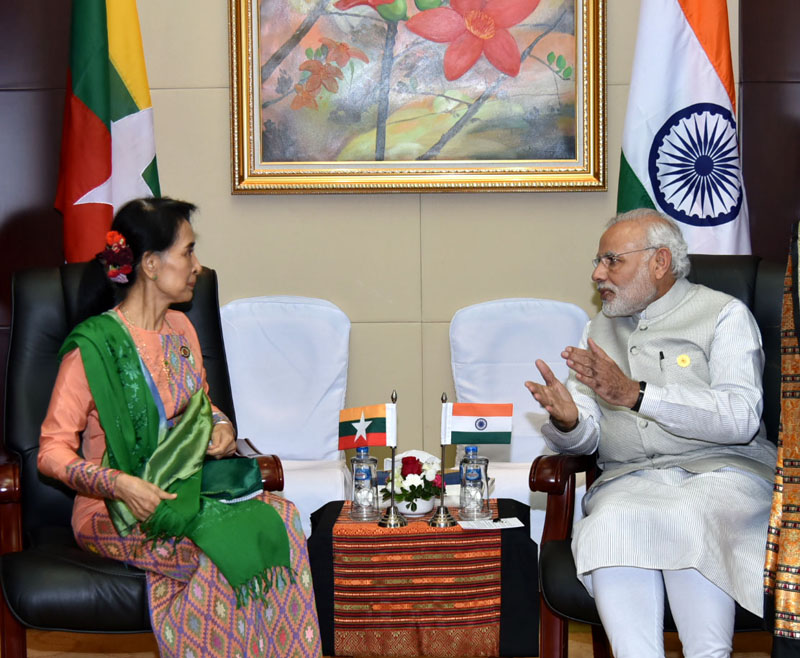
The 1360-km long IMT trilateral highway will connect Moreh, located in the Chandel district of Manipur, to Mae Sot in Thailand via Tamu in Myanmar. It was first proposed during the previous NDA regime in 2002, but construction only began in 2012.
The plan also involves extending this road link to Cambodia, Laos and Vietnam. With Myanmar on the list, India will have direct access to the Mekong sub-region, or what New Delhi calls the CLMV (Cambodia, Laos, Myanmar, Vietnam) countries.
“Once we connect, we have a tremendous potential in terms of incremental GDP. Connectivity can generate annually, an estimated USD 70 billion in incremental GDP and 20 million in incremental aggregate employment by 2025,” said a senior government official, earlier this month.
These countries (CLMV) make up a significant portion of mainland Southeast Asia, connecting the Bay of Bengal to the South China Sea via a land route. With over 50% of India’s trade flowing through the South China Sea and Beijing’s growing influence in the region with its Belt and Road initiative, the completion of this trilateral highway project assumes serious strategic significance.
“As Delhi strengthens its connectivity with the Mekong sub-region, the land route needs to be given priority, as land connectivity, unlike air and sea, is more enduring. Once built,
it becomes a permanent asset with much wider development impact along the corridor,” writes K. Yhome, a Senior Fellow with the Observer Research Foundation.
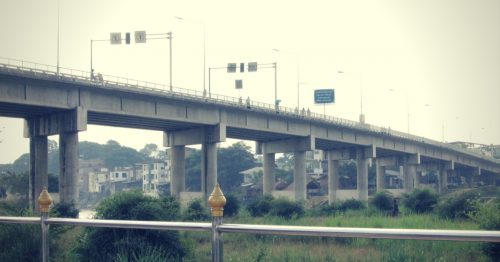
Sharing a 355 km-long border with Myanmar, Manipur remains India’s most economically viable border to the south-east (Asia) and is at the centre of India’s renewed efforts to ‘Act East.’
“The (IMT highway) project will require about 78 km of new roads and the upgrading of existing 400 km of roads. In Phase 1, India has the responsibility of building 78 km of missing links, upgrading 58 km of existing roads, and possibly improving a further 132 km,” writes K. Yhome. “Thailand has taken on the responsibility of upgrading a total of 192 km in this phase and another 100 km under Phase 2.”
The project is slated for completion in 2020.
For the much-neglected Northeast, these developments come as a boon. Instead of standing on the crutch of Central government aid, extensive trade with Southeast Asia offers many opportunities for economic growth. This process would significantly reduce the region’s dependence on mainland India.
The Indian government must realise the potential of the Northeast as the Gateway to the East. Construction of the IMT highway offers the region a fantastic chance at achieving it.
“This highway has the potential to evolve into a linear economic excellence zone,” adds K Yhome. “There could be ‘energy independent smart villages’ and exclusive economic zones (EEZ) alongside the highway providing employment opportunities to millions while suitably tapping Indian and overseas markets.”
For the moment, economic development in this region is limited to only specific industries like petroleum and natural gas, tea, coal, jute, forest products, some mineral based industries and handloom-handicrafts. The region is rich in mineral and natural (hydropower) resources but continues to import finished products from neighbouring countries.
With the necessary infrastructure development and economic investment, the North East has the potential to become a manufacturing hub.
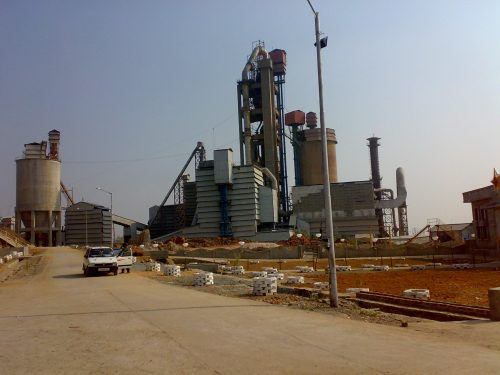
“Various forms of restrictions in the border trade, law and order situations and multiple check-posts on the national highway are impeding the progress of border (India-Myanmar) trade. It may also be worth noting that border trade between India and Myanmar has created a large number of employment opportunities among the economically active people living on both sides of the border as well as in different parts of Manipur,” writes Habib Mohammed Chowdhury, the Chairman of HSMM Group of Companies, an Indian Foreign Direct Investment group based out of Laos.
Imagine what the region could do with an IMT highway that allows for seamless movement of both passenger and cargo vehicles. Besides manufacturing, there is also tremendous scope for tourism, which is a massive revenue generator, and cultural exchange.
“Enmeshed with its (Southeast Asia) natural heritage is a rich and diverse endemic ethnic culture with overlays of Arab, Chinese, Indian, and European influences. Buddhist, Hindu, Muslim and Christian religious traditions, and vernacular architecture, music, literature, and indigenous knowledge enrich the region and add to the appeal of its outstanding natural heritage, its rural landscapes, and its vibrant urban centres,” adds Habib Mohammed Chowdhury.
The Northeast is endowed with all these features and more. There also exists a long history of cultural exchange between Northeast India and Southeast Asia. These formal routes of connectivity will further foster people-to-people contact.
Read also: ‘We Are Indian Too’ Slogans Will Not End Anti-Northeast Racism, Here’s Another Idea
The Indian government, for example, has sought to use its long-standing Buddhist heritage (a mode of cultural diplomacy) to bring CLMV countries onboard. All four CLMV nations are predominantly Buddhist.
Despite all the potential benefits of constructing the IMT highway, there are significant domestic constraints that India needs to resolve in the Northeast before any viable progress is seen. Manipur, which is at the heart of this initiative, is beset with incompetent institutions of government (especially police), poor infrastructure and ethnic tensions.
Institutional reforms in the state and the broader region, besides a robust conflict-resolution framework to ensure peace among the various tribes, is what the Indian government and its allied State governments need to establish.
Like this story? Or have something to share? Write to us: [email protected], or connect with us on Facebook and Twitter.
NEW: Click here to get positive news on WhatsApp!
This story made me
- 97
- 121
- 89
- 167
Tell Us More
We bring stories straight from the heart of India, to inspire millions and create a wave of impact. Our positive movement is growing bigger everyday, and we would love for you to join it.
Please contribute whatever you can, every little penny helps our team in bringing you more stories that support dreams and spread hope.







